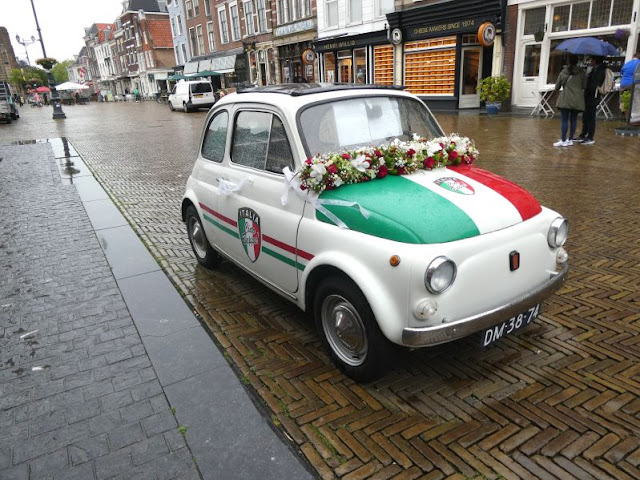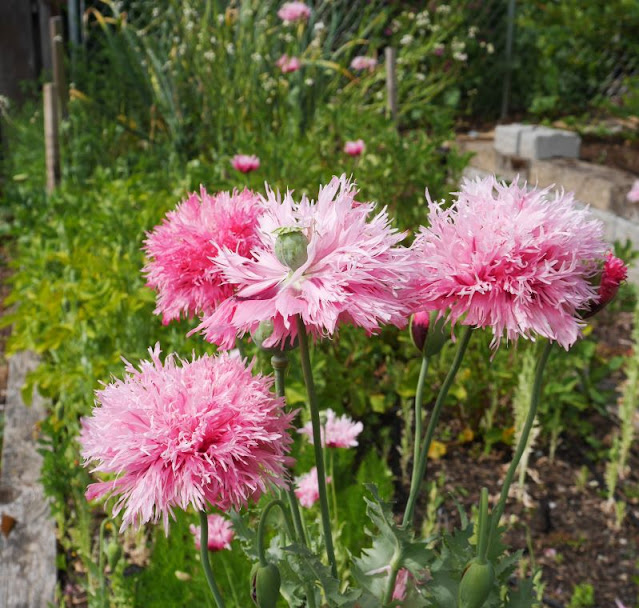Several people have asked why we chose Leiden for our visit to the Netherlands. We've found it's easy to stay in the large cities with so much to see and do, but getting out of the main tourist areas offers a different glimpse of culture. Leiden is roughly equidistant from Amsterdam and Rotterdam, two large cities we did want to visit. Train travel was easy. I am drawn to history, and when I found lodging in the medieval quarter of Leiden, we decided that was it!
Leiden was formed on an artificial hill at the confluence of the Old and New Rhine Rivers in the 11th century. It served as a center for trade (textiles) and science during the 17th century. Leiden's importance decreased with the loss of trade and the medieval city center was mostly preserved.
We absolutely loved wandering along canals, narrow streets, and alleys, taking the time to lean across bridge railings and gaze at the water. Canals circle the city, flowing through it in a criss-cross pattern, and adding oodles of charm. The above canal is Kijfgracht (gracht means canal); we turned here every day on our way home. As I noticed the names of streets and canals, I wanted to know what they meant. Our landlady told me that this canal was named as "the place where women argue or fight." Doesn't that raise all sorts of interesting questions in your mind?
A narrow alley led to our quirky two-story apartment. It was once the place where the potters lived. "Pot bakers way." I also found the Candlemakers Way and the Rope-makers way, among others.
Tim demonstrates just how narrow the alley is. Even my elbows could touch each side.
One gentleman told us that in the 1970s people began tearing down the medieval buildings and erected ugly (his word) new construction, until they realized what a treasure the old city was and now have preservation rules in place.
Several windmills dot the city. The Molen de Put is a reconstruction of a flour mill that once stood here. It is thought that Rembrandt's father operated the mill at one time.
Gallows once stood nearby the Molen de Put and this street sign - Short Gallows Water and underneath "to the gallows at Morsweg" - as if it were an important place to visit.
And everywhere flowers bloomed; in pots along the canals, roses arching over doorways, and in small courtyards. Walking was pure pleasure, even on a rainy day, of which we had a couple.
Most of the city is very flat, but the remnants of an old motte and bailey castle provides a view over the rooftops of the old city and the more modern one beyond. The park, de Burcht, is an oasis of quiet greenery with old trees and a stone tower with a walkway to circle for a 360 degree view.
Here at home now, I'm in the garden in the mornings when it's cooler. We arrived home at the same time that summer heat appeared. After a cool spring, everything is blooming and I couldn't be happier.
Wishing you a lovely weekend.



















































